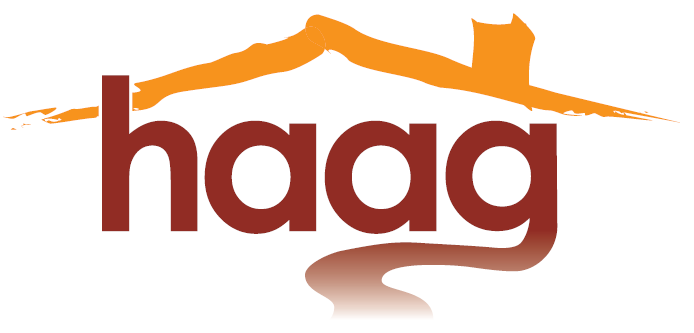Private Rental
Home for Good: Improving the Private Rental Market for Older Australians
Once considered a short-term housing option primarily for young adults, the private rental housing sector now accommodates 27 per cent of all households in Australia, with residents renting for much longer periods than in previous decades.
With diverse housing types covering a geographical range from urban to rural, the private rental sector can work well for the 6.3 million renters who can affor
2020
Themes:
Rental Affordability Snapshot 2020
The Rental Affordability Snapshot is designed to highlight the lived experience of looking for housing while on a low income. It focuses on the Australian population who earn the least income – Commonwealth benefit recipients and minimum wage earners. Every year, Anglicare Australia tests if it is possible for people on low incomes to rent a home in the private market.
2020
Themes:
Older Women in the Private Rental Sector: Unaffordable, Substandard and Insecure Housing
Single older women aged 55 and over are overrepresented amongst the asset poor in Australia. They are also one of the fastest growing groups of homeless people nationally. This status is a product of a number of risks that accrue to women across the life course including gendered differences in pay and superannuation. It is also a product of an unaffordable and insecure private rental system.
2020
Themes:
Older and poorer: Retirement Income Review can’t ignore the changing role of home
The assumption that retired people have minimal housing costs underpins the settings of our retirement incomes system. But the real state of housing for older Australians today makes it critical for the Retirement Incomes Review to look at the evidence that now challenges this assumption.
2020
'Having to ask for somewhere to live, it's difficult indeed': Single, female, homeless. Australia's shameful crisis
Older women are the fastest-growing cohort of homeless people in Australia today. According to census data, the number of women aged 65 to 74 describing themselves as homeless increased by 51 per cent in the five years to 2016.
2020
No Place to Call Home: Older People at Risk of Homelessness in Victoria
Homelessness is a rapidly growing problem in Victoria. Between the 2006 and 2016 Census the number of people experiencing homelessness in Victoria increased from a rate of 35.3 per 10,000 population to 41.9 per 10,000 population.
2020
Themes:
Heading South - Older People at Risk of Homelessness in Tasmania
This report provides a brief snapshot of homelessness and the risk of homelessness for people aged 55 years and over in Tasmania.
2020
Themes:
At Risk: Understanding the population size and demographics of older women at risk of homelessness in Australia
The housing circumstances of low income older households, in particular female headed households, has become a matter of significant concern over the last few years with increasing numbers of women at risk of homelessness and experiencing homelessness, often for the first time in older age.
Unfortunately, there is no one data set that can capture all of the factors that appear to influence low in
2020
Themes:
At Risk: 405,000 older women risk homelessness without urgent policy reform
Older women have a right to appropriate and affordable housing as a foundation for their wellbeing, however they are the fastest growing cohort of people experiencing homelessness in Australia. Older women’s pathway to homelessness is a gendered issue and a consequence of long-term systemic issues.
2020
Themes:
400,000 women over 45 are at risk of homelessness in Australia
Older women have been recognised as the fastest-growing group of homeless people in Australia in recent years. Yet until now we have not known exactly how many older women are at risk of homelessness.
Older people are generally considered to be at less risk of homelessness because of their higher rates of home ownership.
2020
Themes:
- 1 of 16
- next ›


 "There is nothing like staying at home for real comfort."
"There is nothing like staying at home for real comfort."